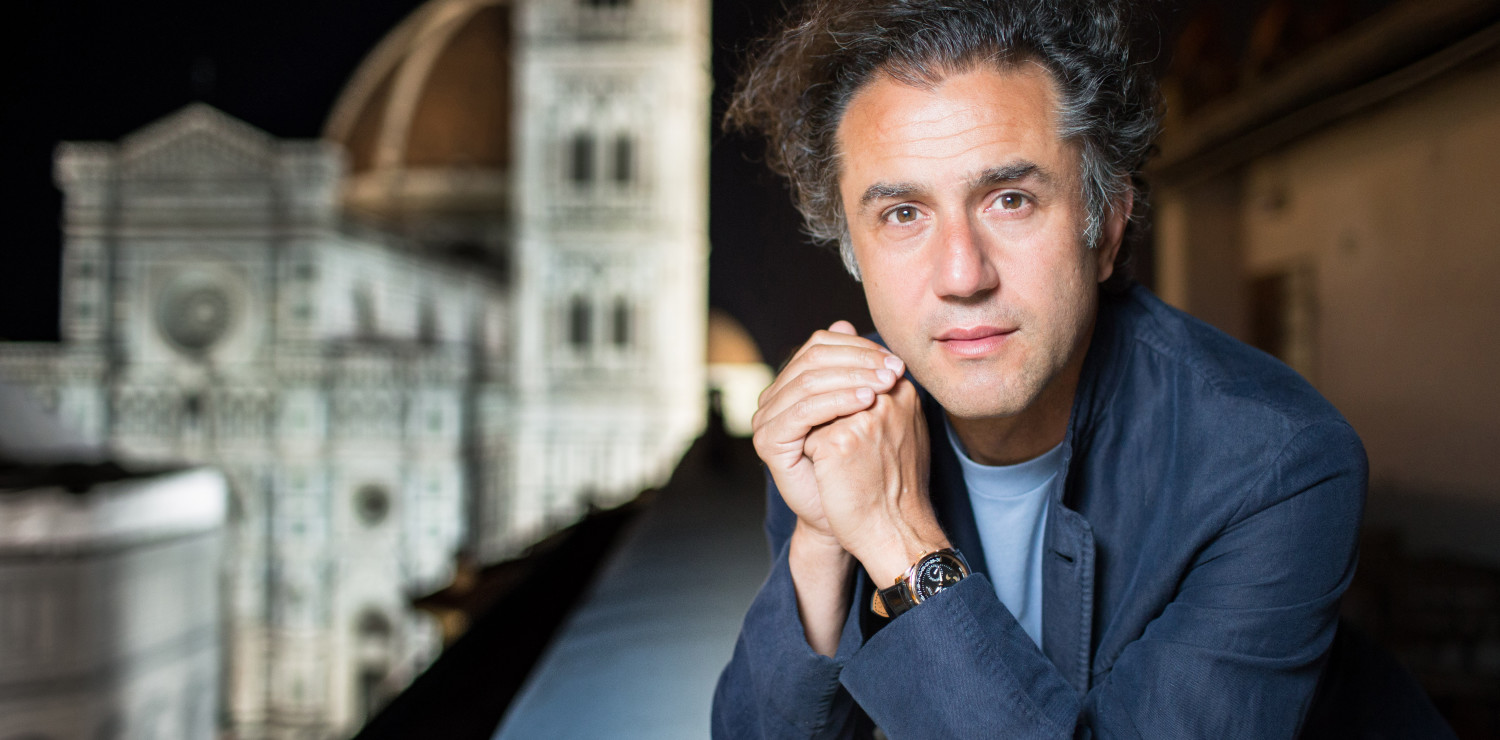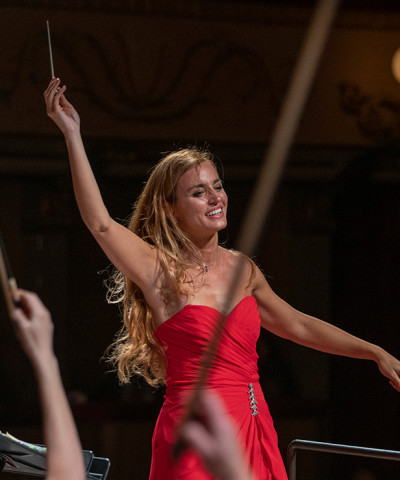The Future seen by Felice Limosani
The main phenomena that will reduce tomorrow's consumption seen and explained by the famous digital Storyteller
A different idea of “thinking and doing”. This is what the meeting of technological, social, economic and cultural phenomena is imposing even on the world of retail. The osmosis between the physical and the virtual, between electronic marketing, new shopping behaviour and the prevailing experiences of different products: this requires the planning of concepts and meanings never seen before. In the age of online access, the role and function of physical shops will change, becoming more important than ever before. Those stores currently on the streets are on the countdown to extinction: they can only compete by changing the experience of buying into the buying of experience. Today, commerial venues are only increasing in their number of visitors, and that is a fact: the profitability of the square metre has been eroded by the internet, which has opened the door to new opportunities. Web commerce, indeed, is a dispenser of goods, services and information, and “auteur retail” will start from its employees to make up for the new lack of physicality, relationships and emotion. The store manager will look ever more like a film director or the curator of a gallery, the visual merchandiser will be more of a visual artist, the window dresser will become a scenographer,
and the sales assistants will be like cult followers and connoisseurs of the products, less items to be sold than stories to be told. It is very probable that in the future we will pay to enter a hybrid space of technology and creativity, commerce and experience, culture and communication, art and craftsmanship, ethics and environment, design and entertainment. New locales of languages intrinsically connected, influencing each other and intertwining to rise above mere consumerism, towards a modern metaphor of “gesamtkunstwerk”, where interdisciplinary cross-pollination becomes a work of total art. New emotions and perspectives are endlessly generated in exciting, interesting outposts, where every type of trade locates itself between the physical and the virtual, in an expressive and metacultural key. Not more concept-stores aimed at a certain lifestyle; but instantstores, made unique by the emphemerality of their setups, which are conceived as multivalent artistic installations, and by the lightning turnover of serial and limited edition products, which alternate with those created exclusively in loco by craft artists. Real destinations where “being there” becomes part of identity, and “having been there” a status, giving the merchandise a value that transcends price and production.
The multidisciplinary idea will replace the linear nature of commercial displays, stimulating those who see it into living a different dimension. The point, then, is not just about resisting the competition of e-commerce, but transforming commerce into a dimension that enriches the consumer beyond the consumption. Spaces of social interaction, real and virtual, from which in-store trade will follow, with products available to try, touch and live, others created or co-created and made to fit on site, and others bought online and delivered the next day, if not the same day. There will simultaneously be a “tell-all and show-all” phenomenon, with a flurry of posts to tag on Instagram, which thanks to the recent checkout function allows users to see, click on and purchase products contained in the image,quickly and without leaving the platform.
This prospect demands a rethinking of the whole chain of values and relationships with clients, who are disposed to share real experiences in physical places, while tending toward e-commerce for the best service, most agreeable prices and unlimited products. This is a scenario where culture, society, individuality, quality, relevance, ethics, sustainability, artistry and creativity will be the equilibrating factors, reminding us how in 1955 Mary Quant and Alexander Plunket Greene bought a house on King’s Road and opened the boutique Bazaar on the first floor, which became a hangout for the youth of the era: young women adopted the style, and thus the miniskirt was born. From that moment on, for fashion and for millions of women, nothing was as it had been before.










